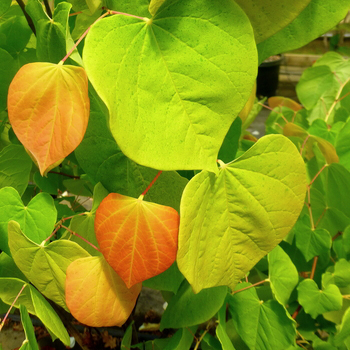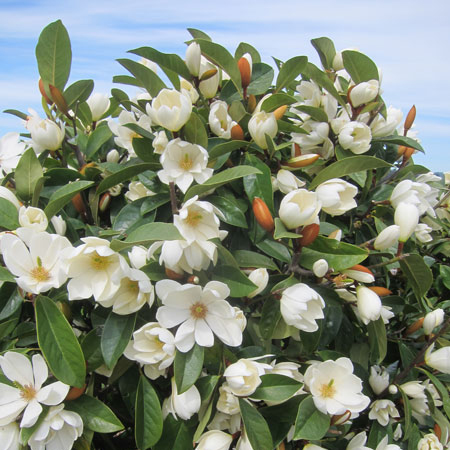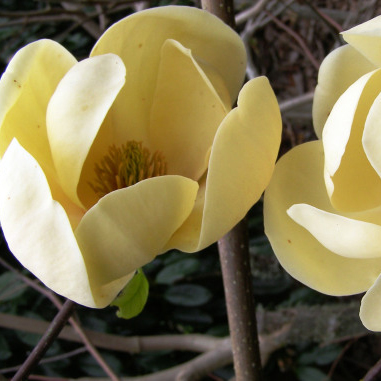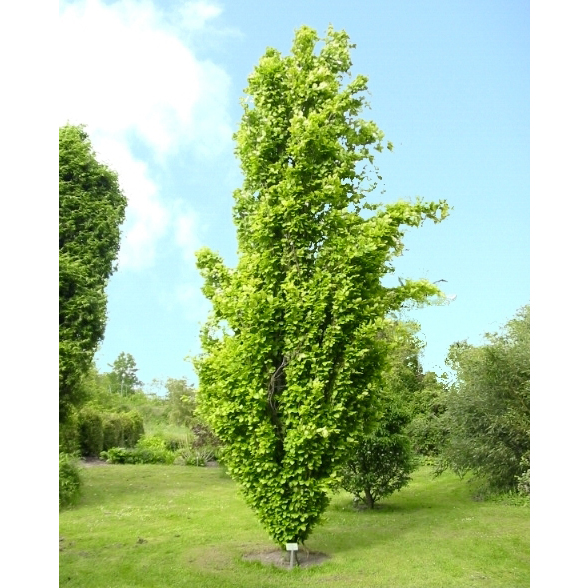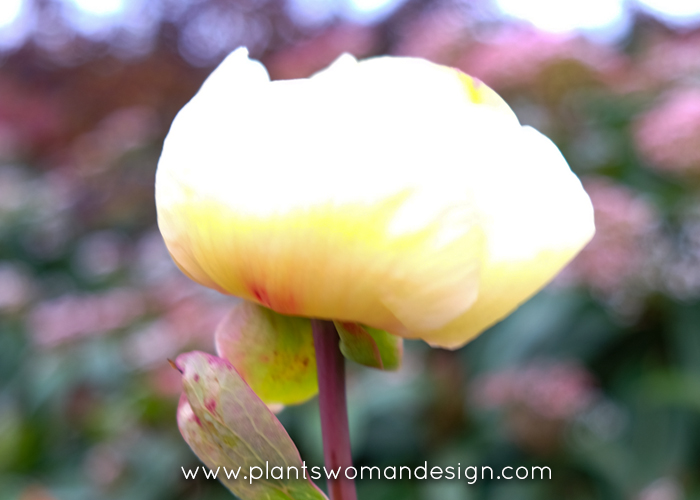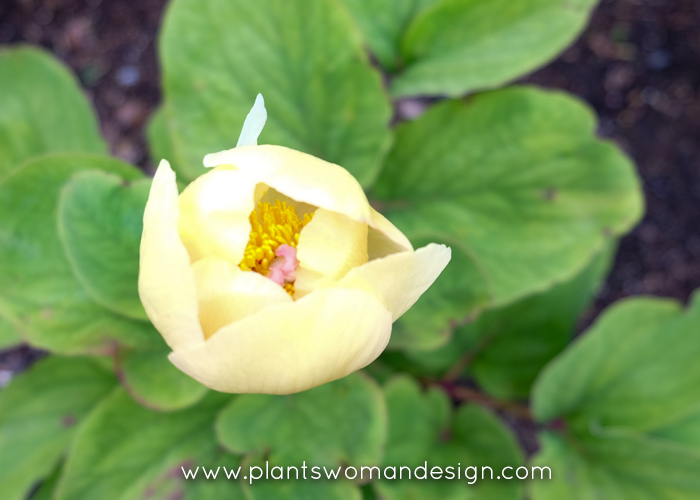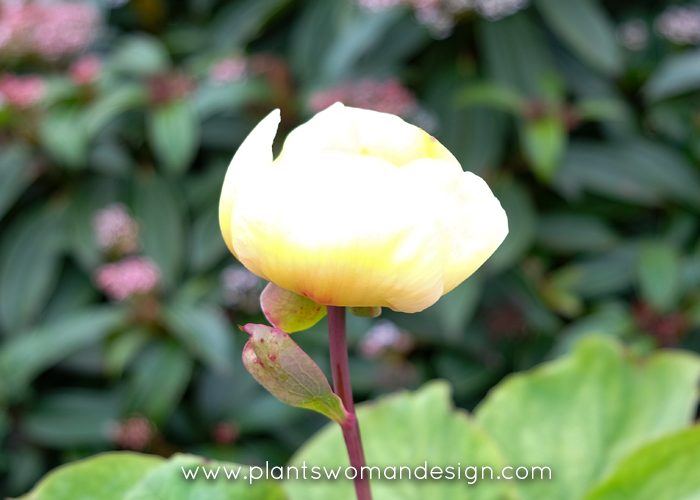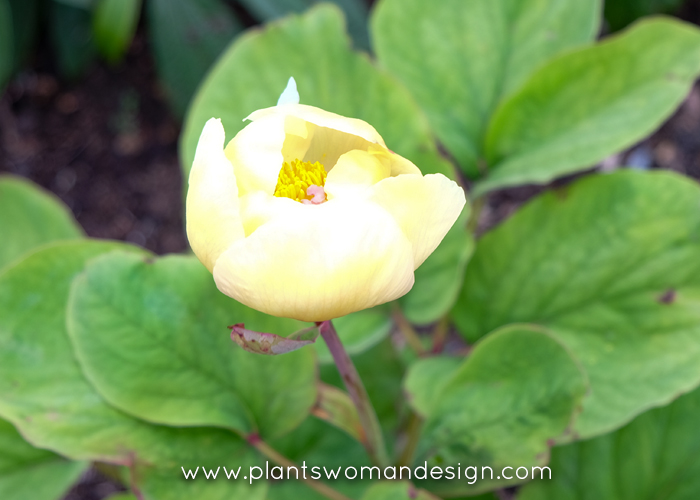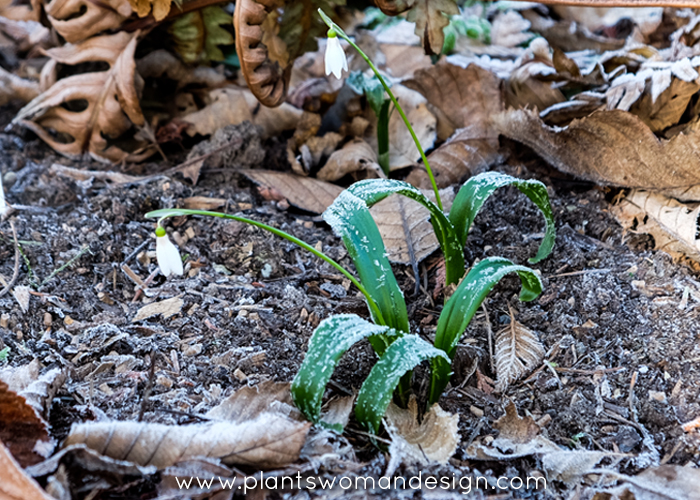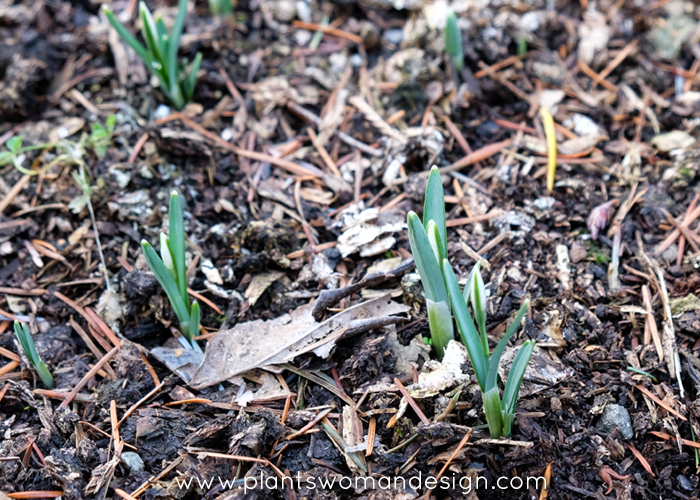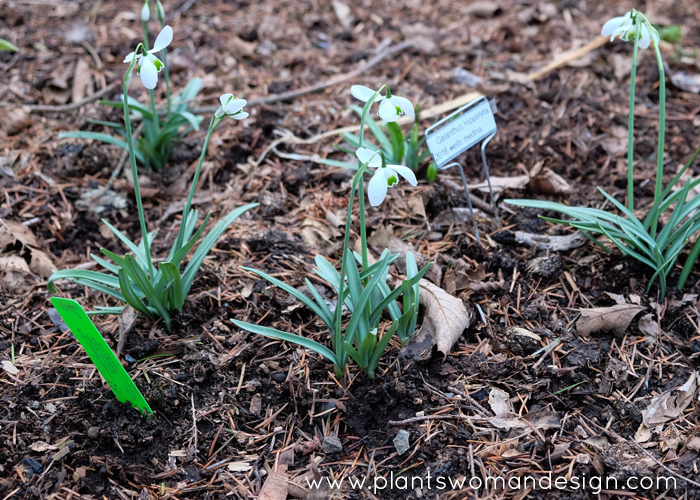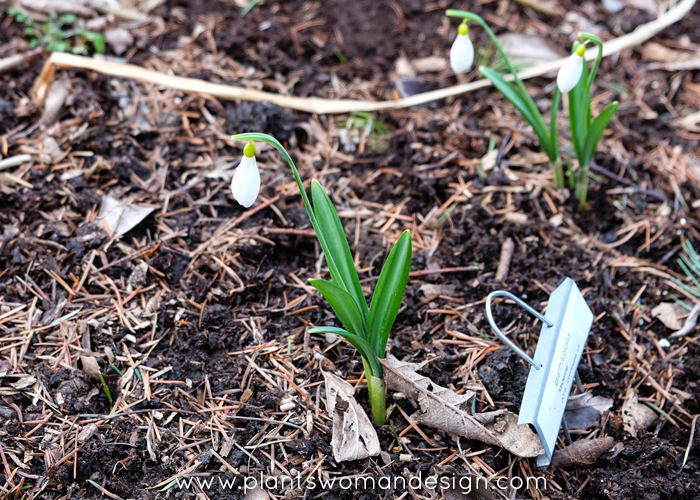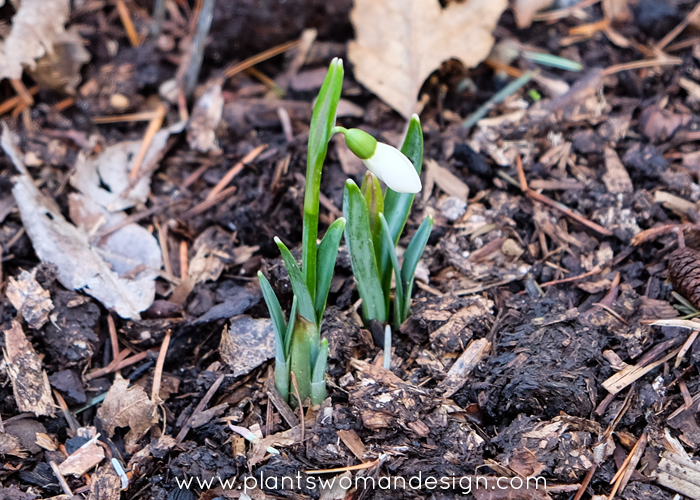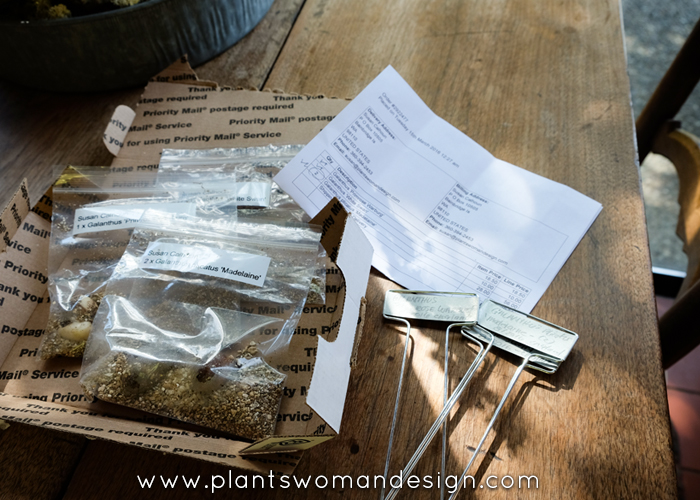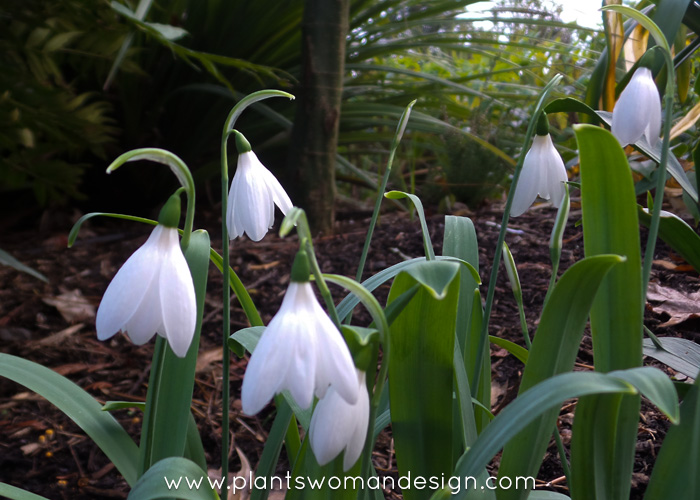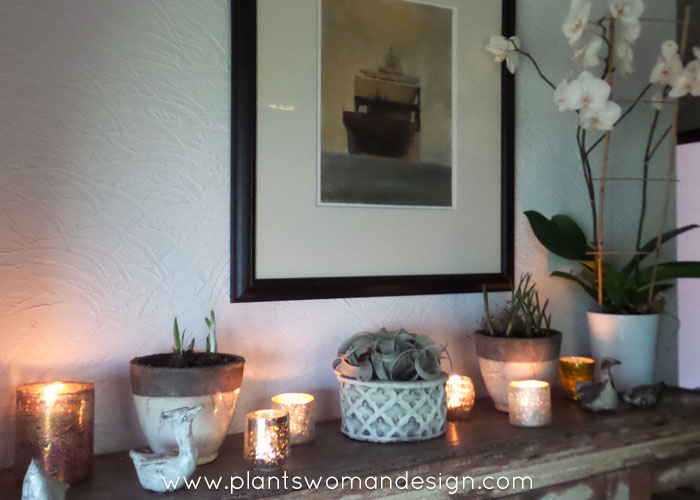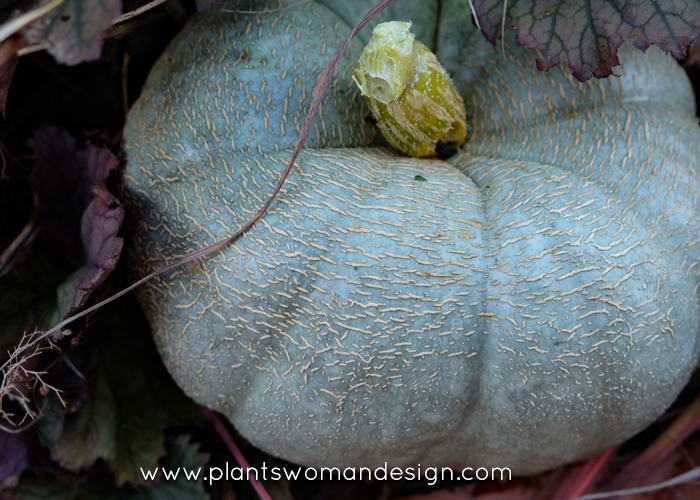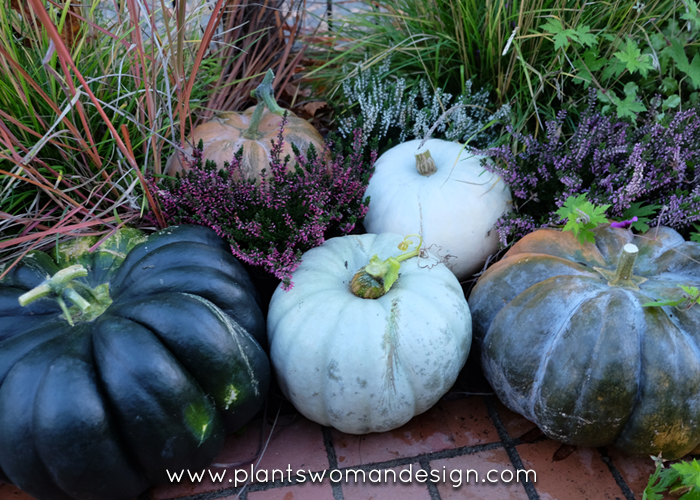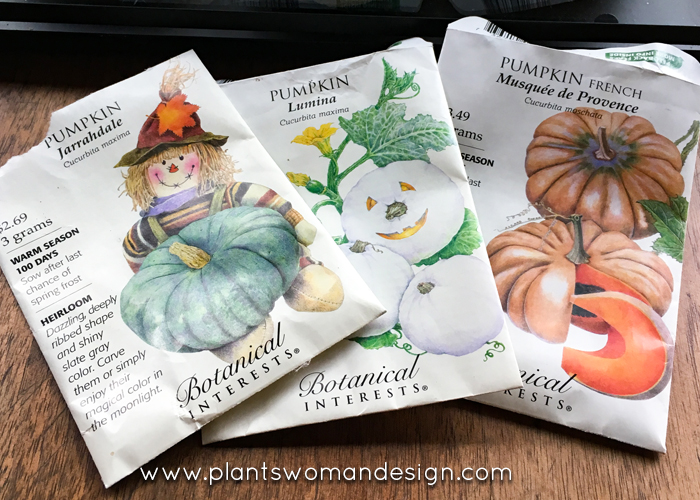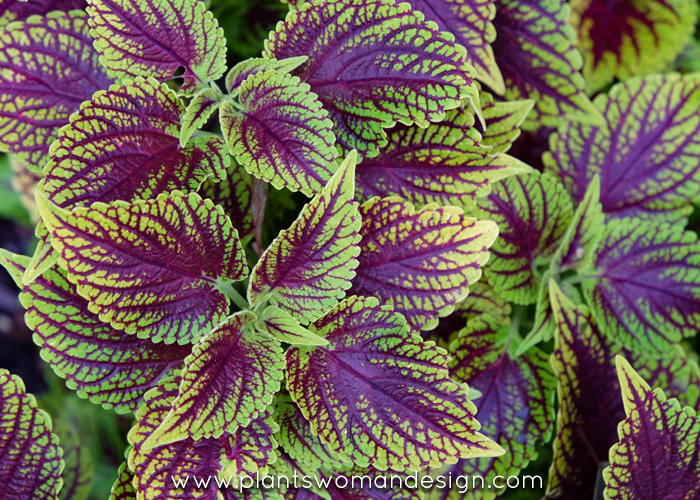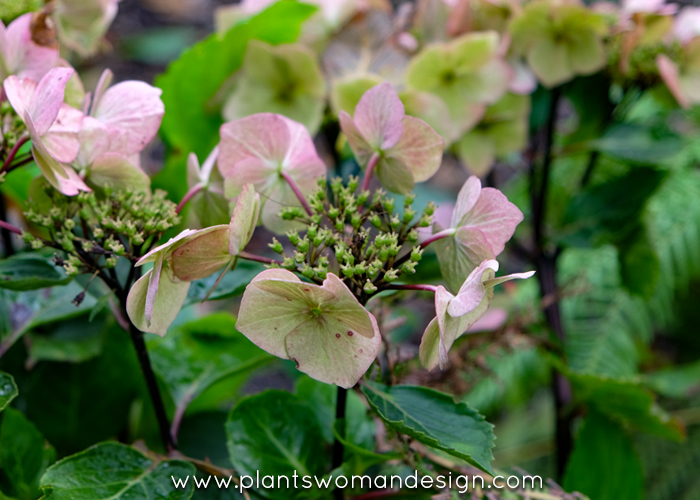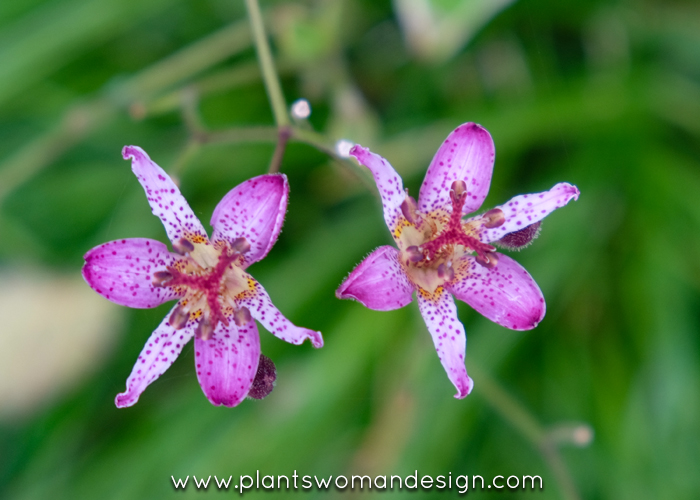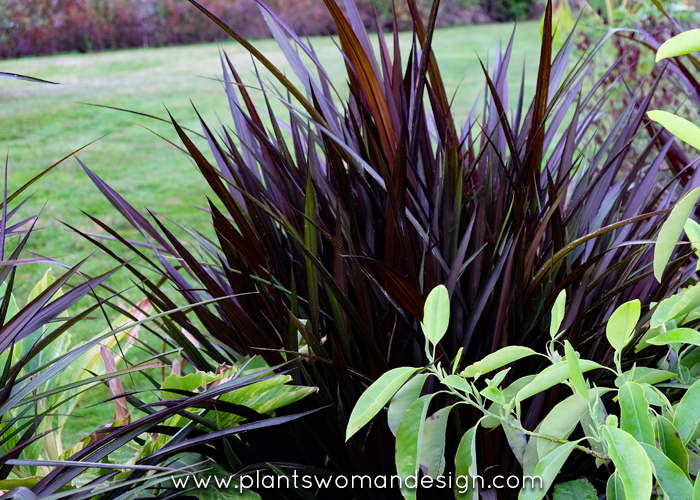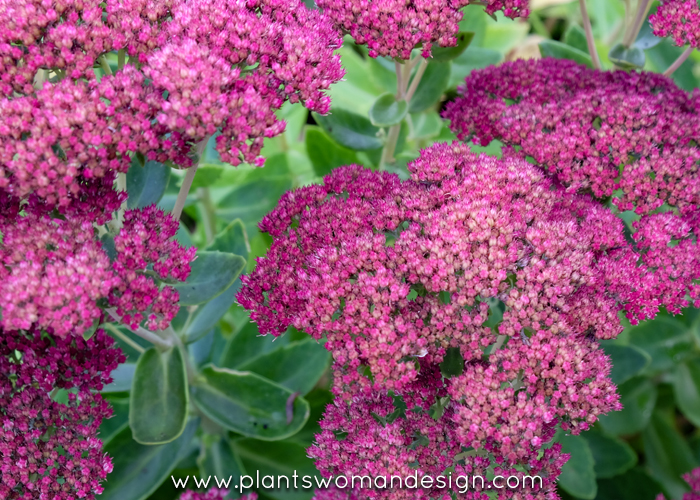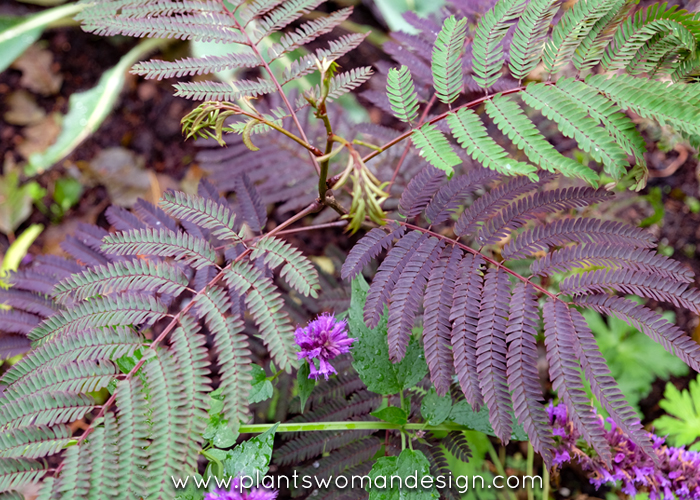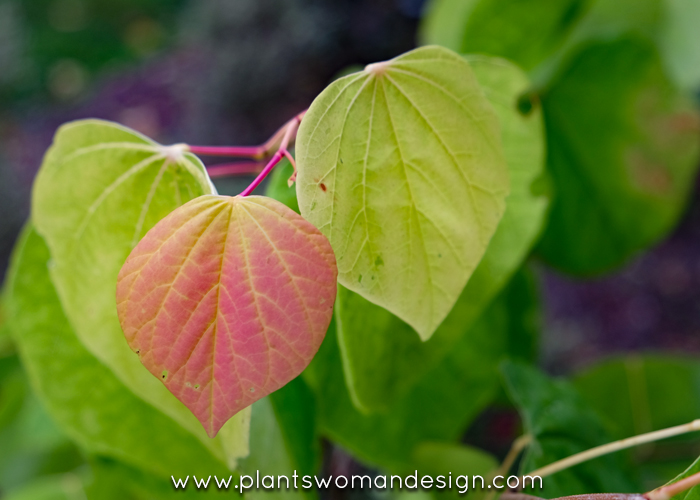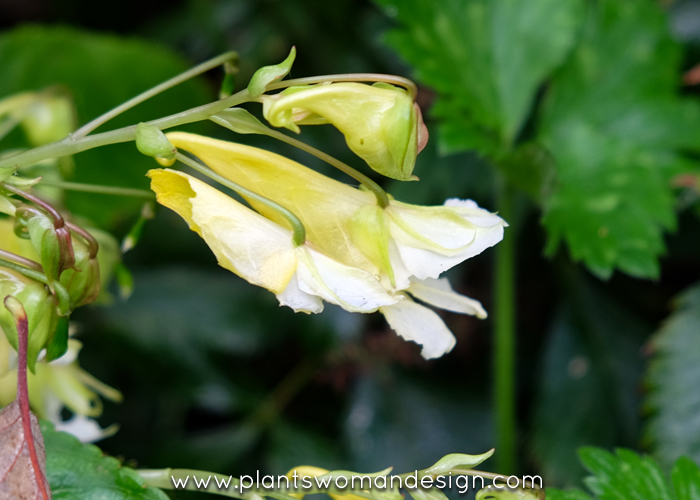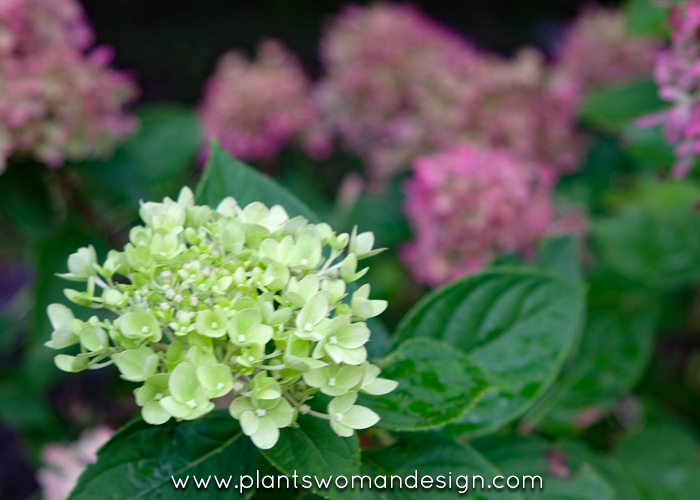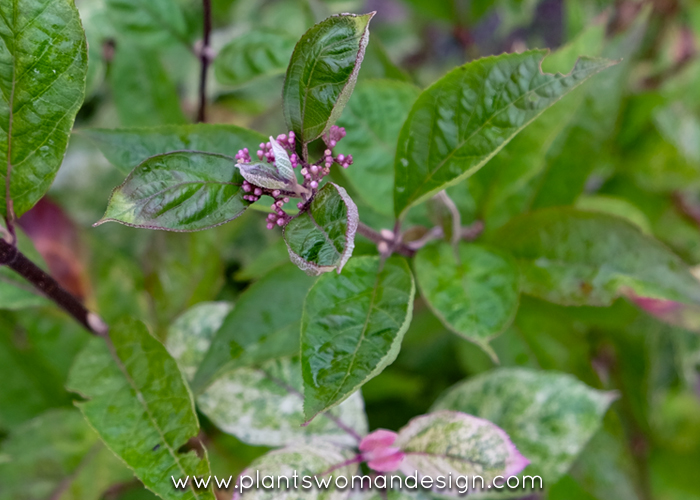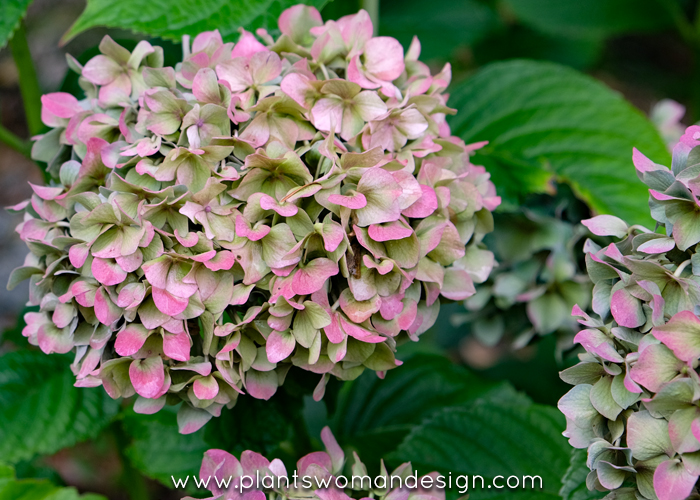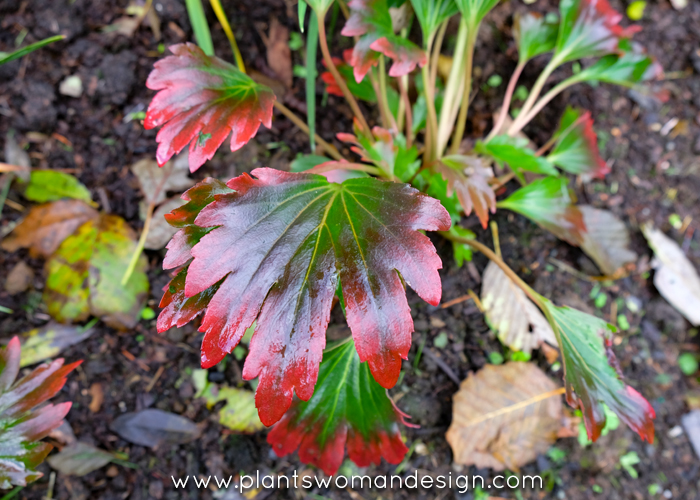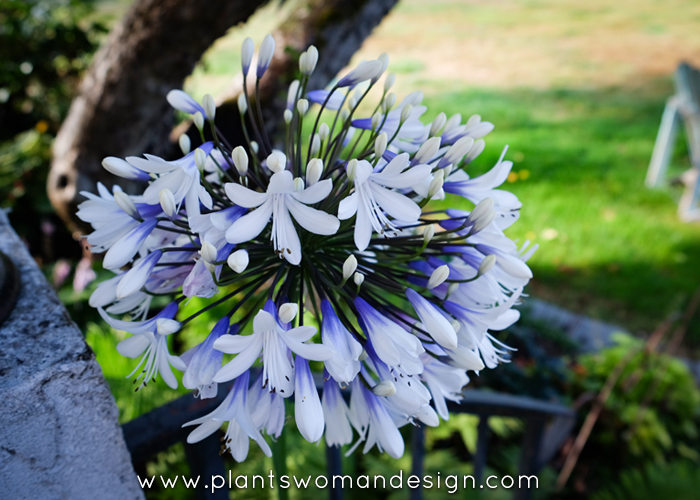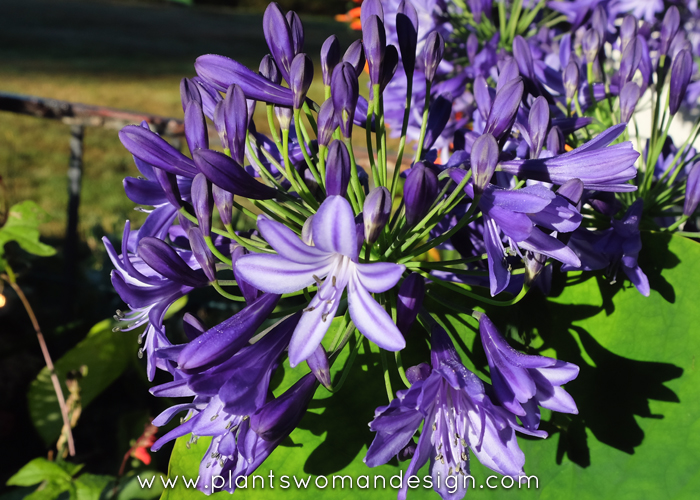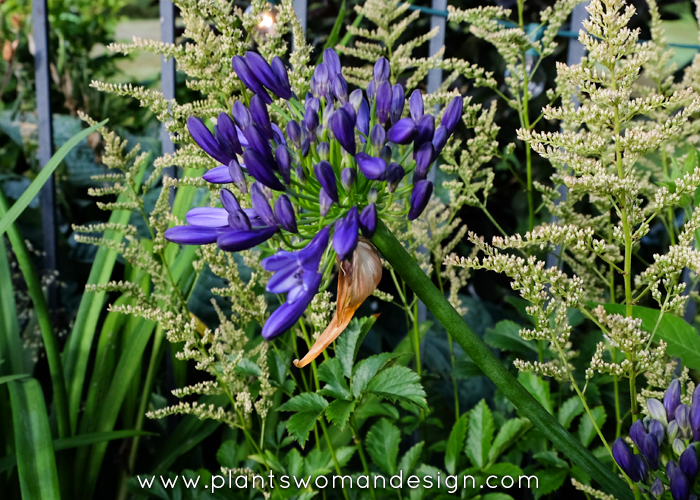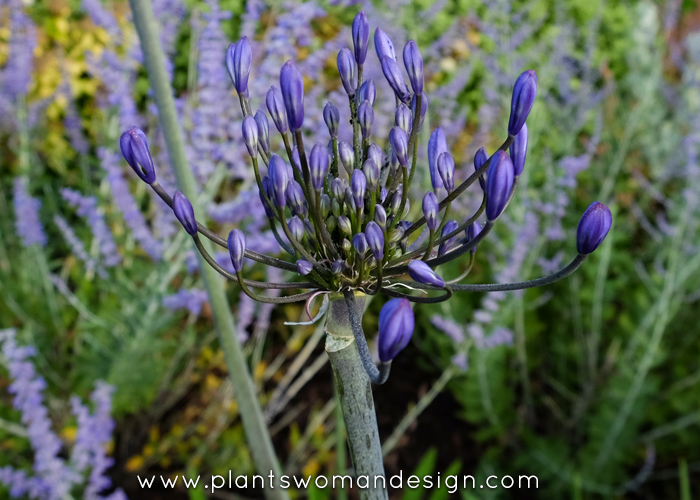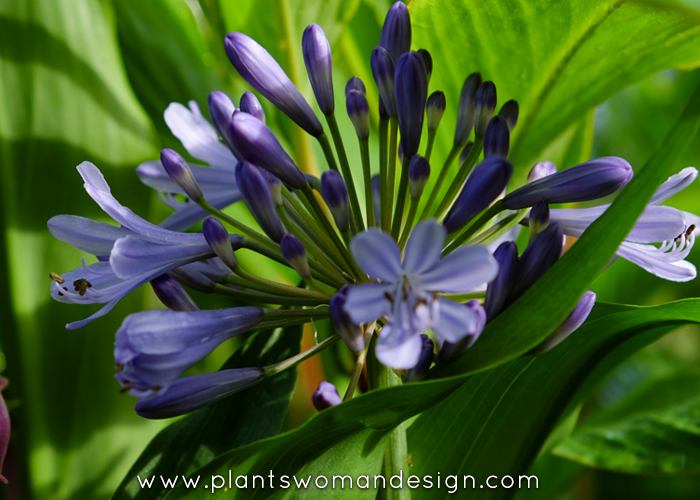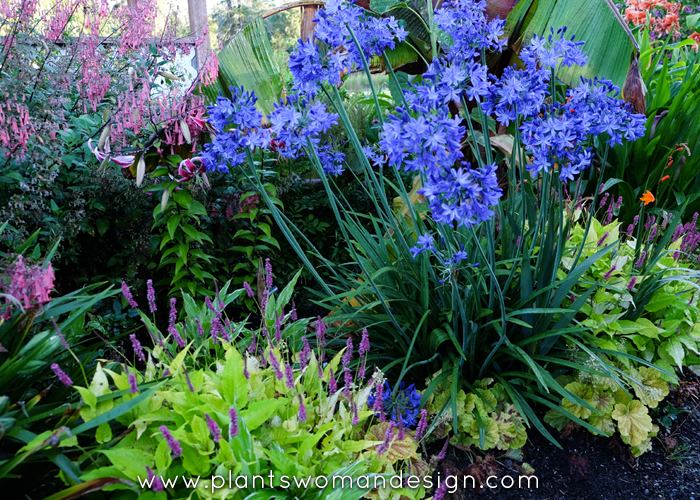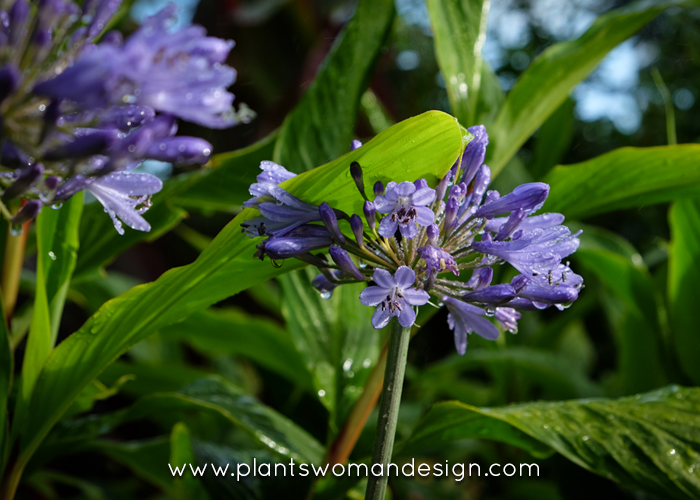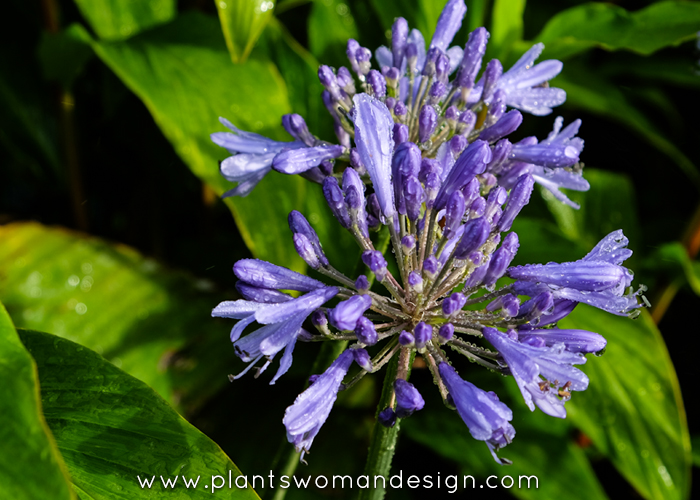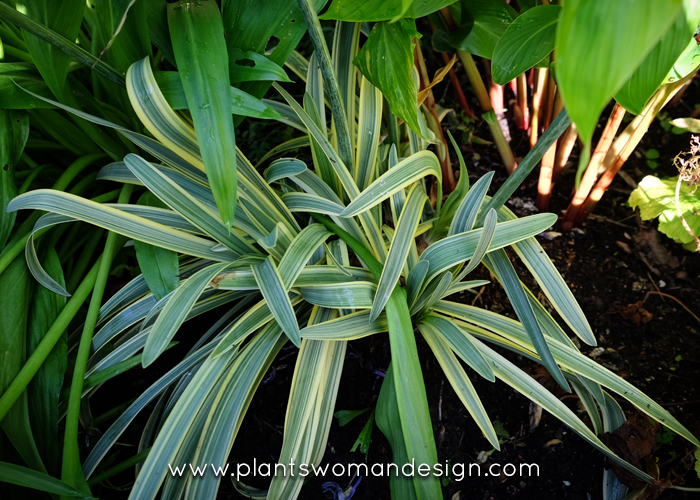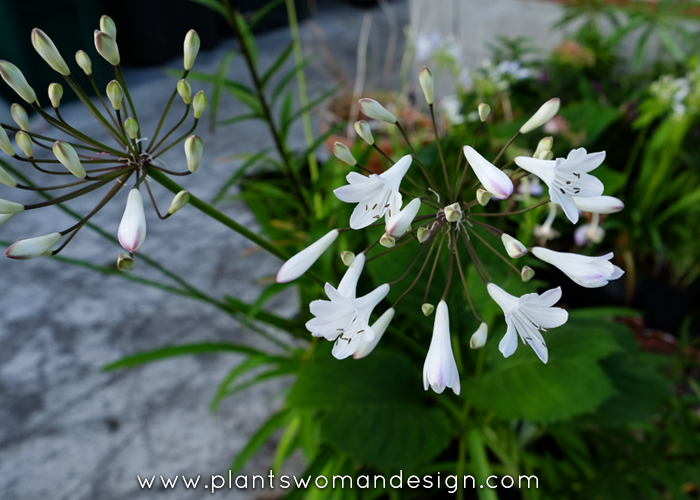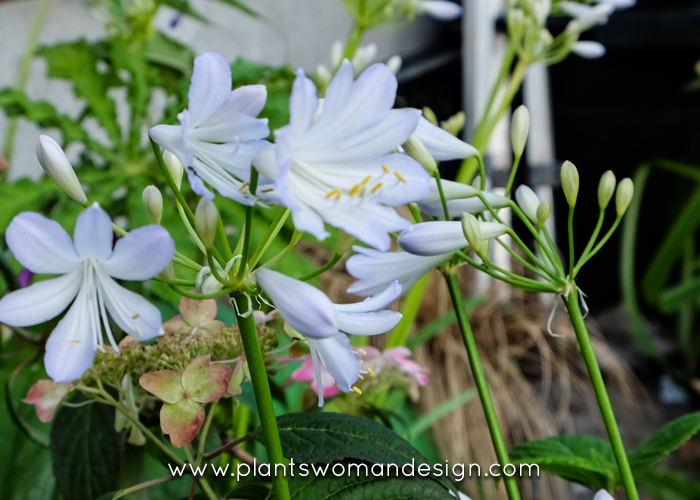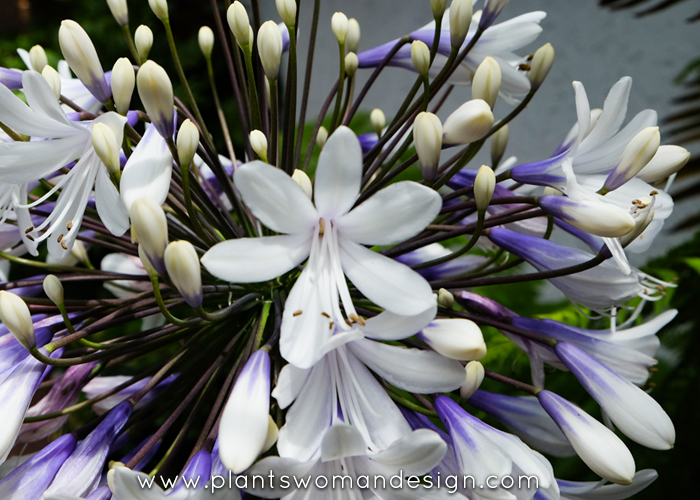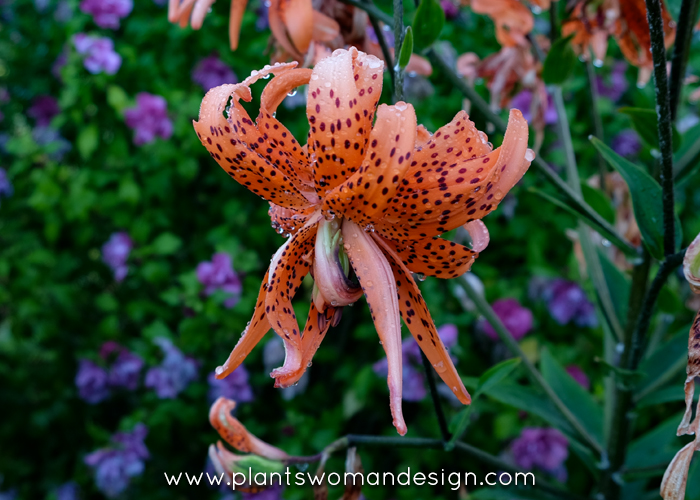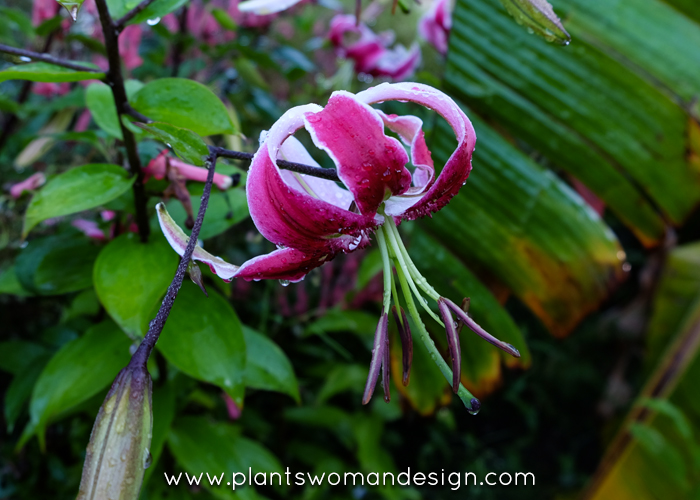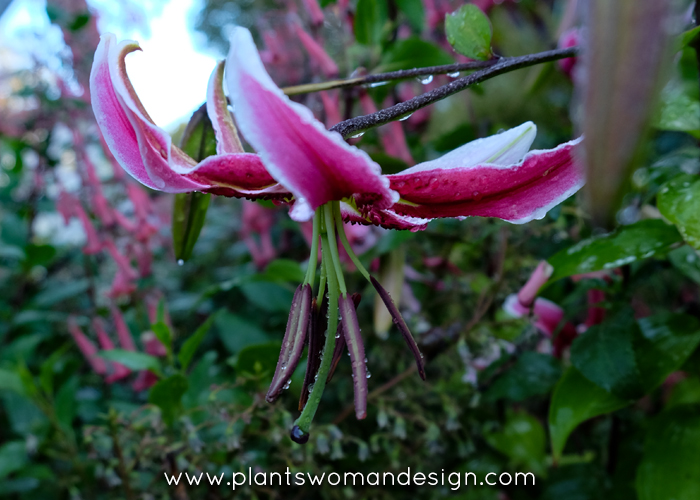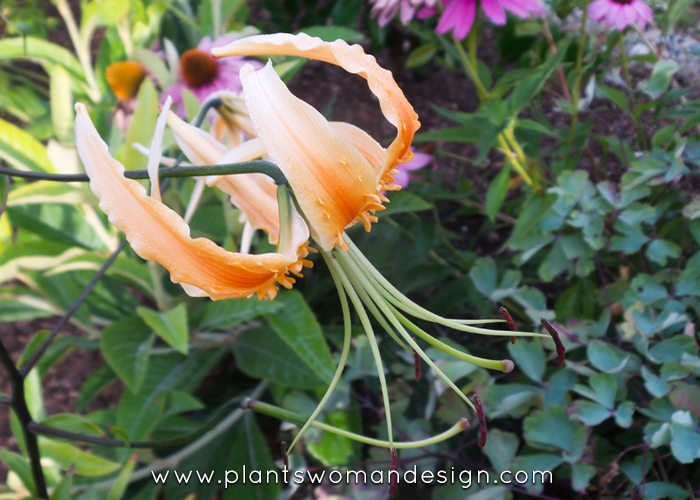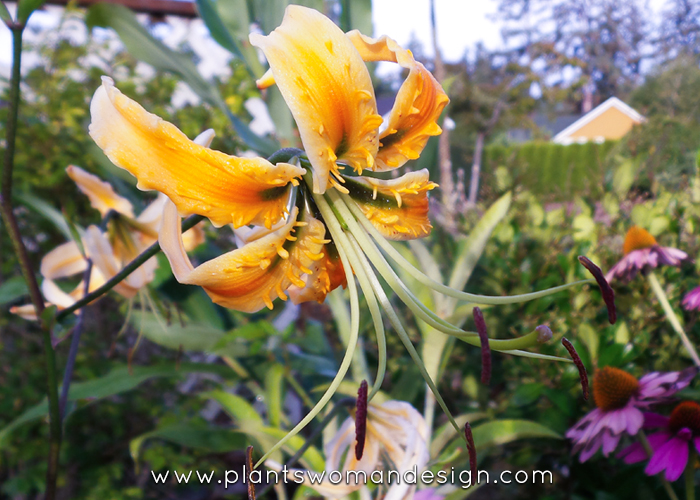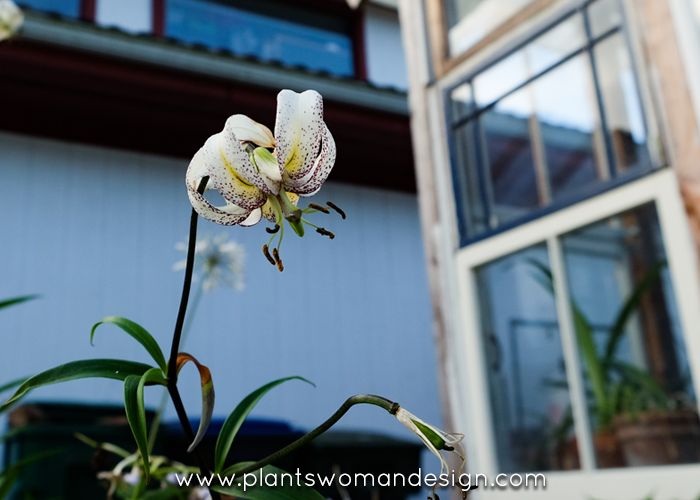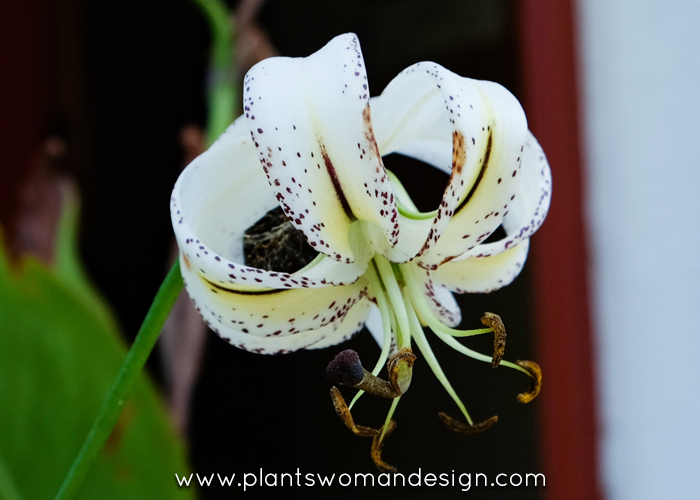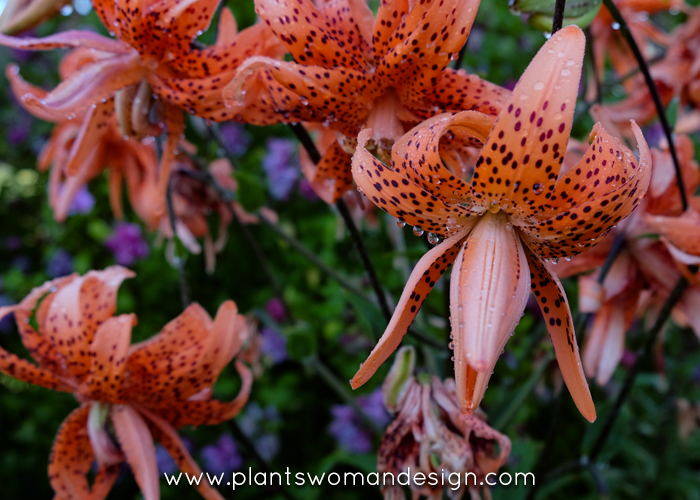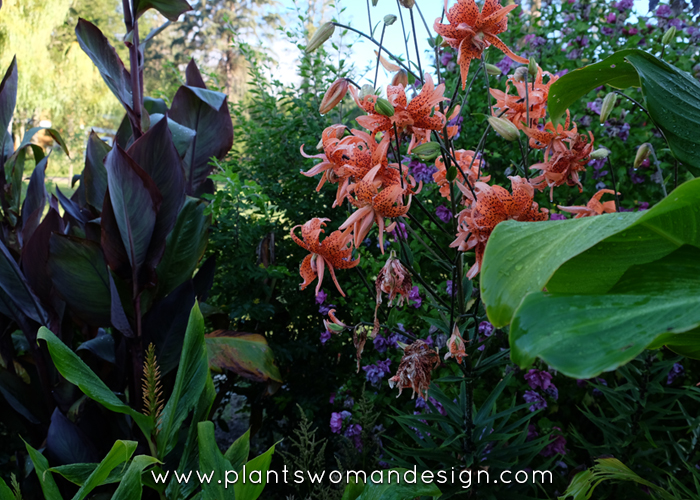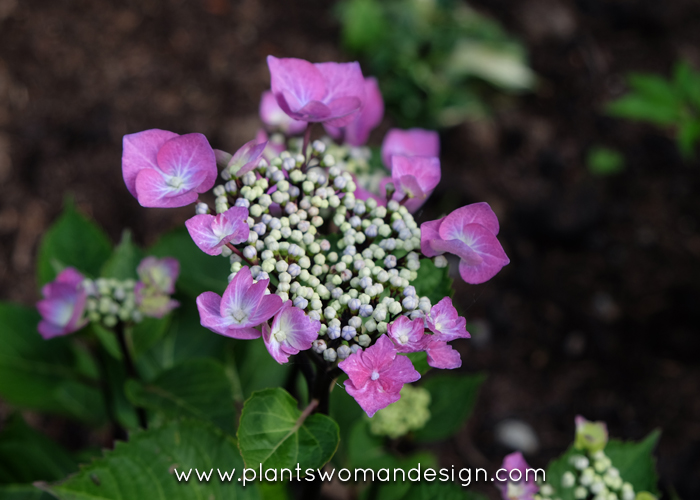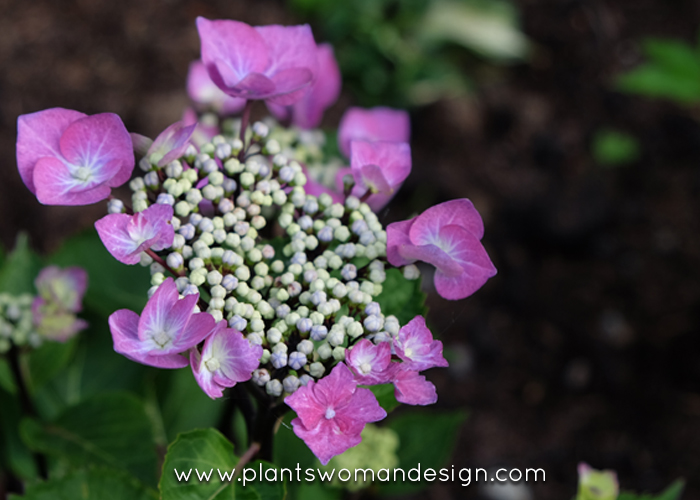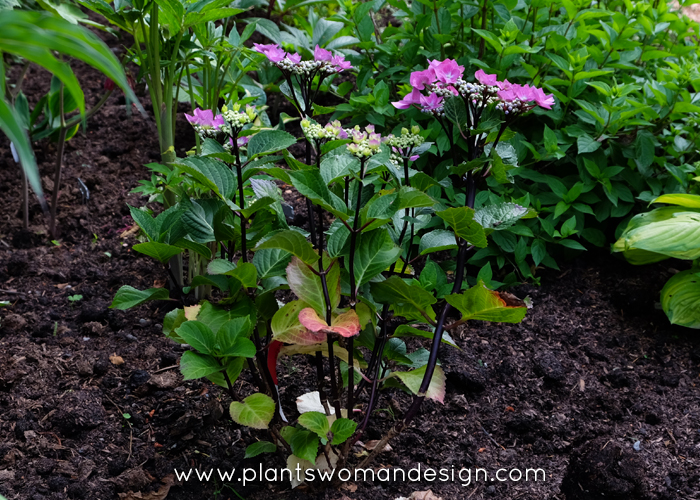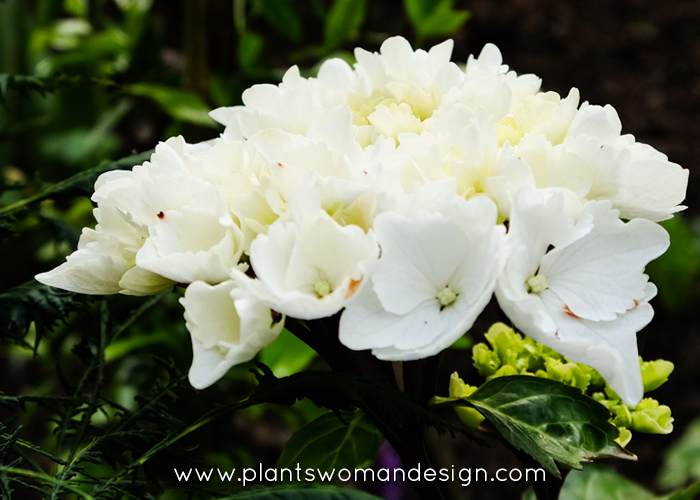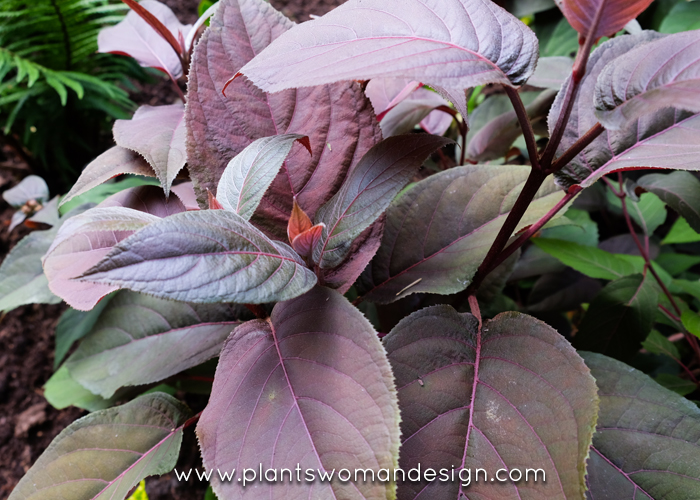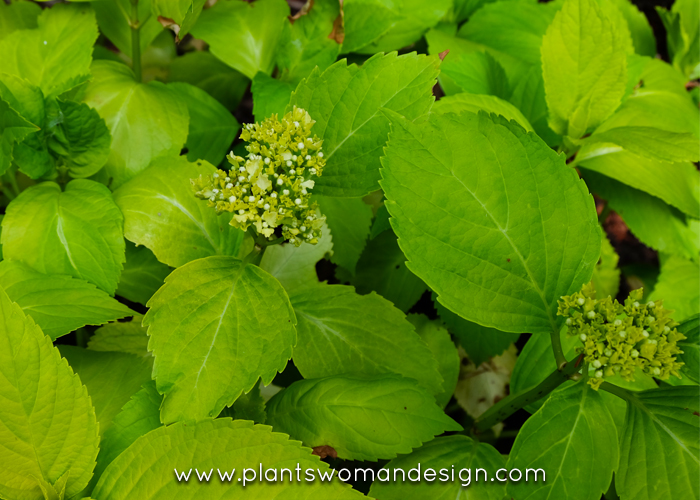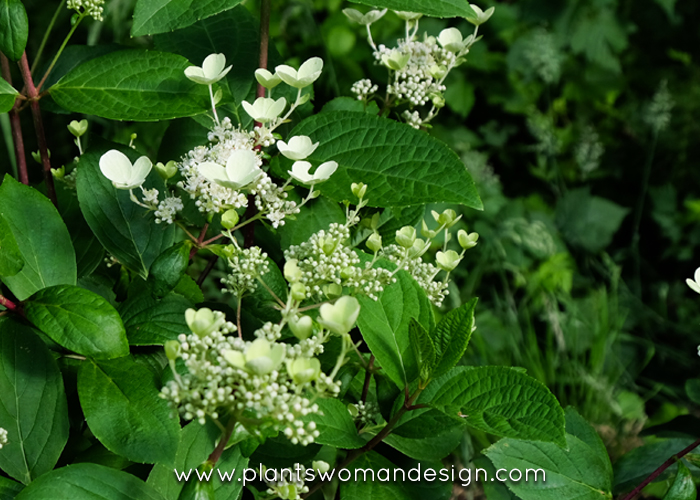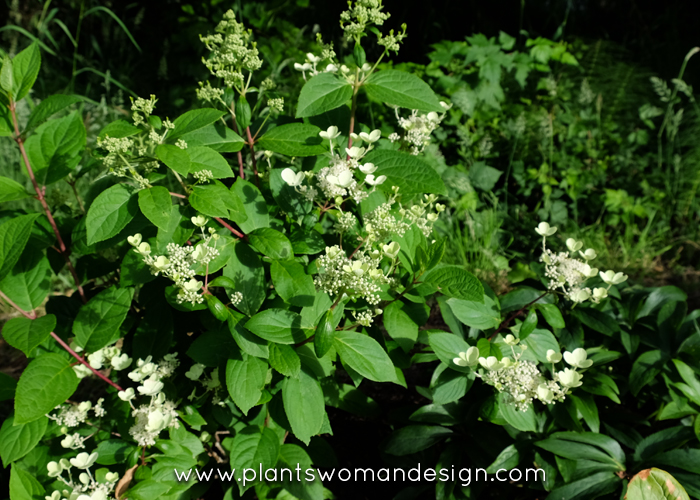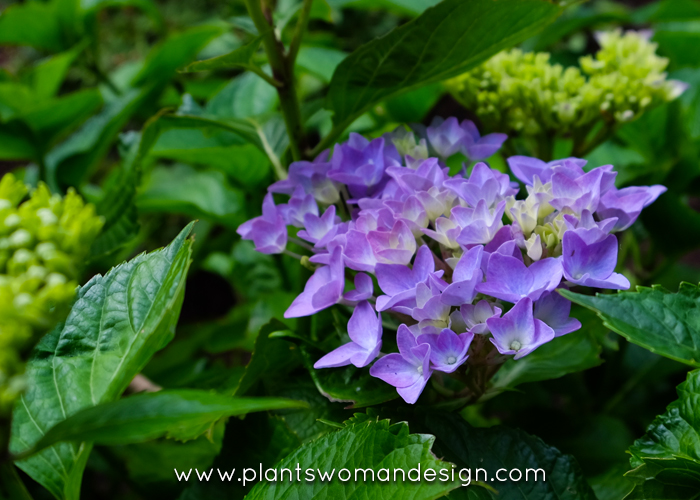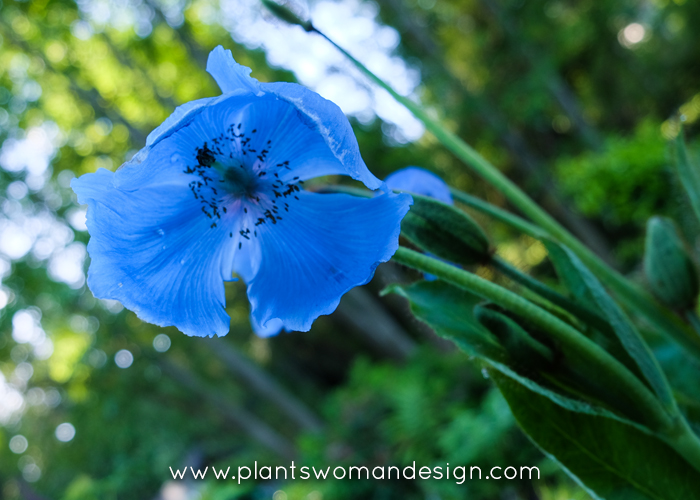
Just Breathe
Summer is creeping up slowly. Hard to imagine that the 15th of June was raining, blowing, and 52. Sometimes you have to just wait without railing against the weather and just enjoy.
Some things were very unhappy in the garden. The tomatoes think they got transplanted to Siberia. Basil seeds refused to budge from the soil. Clematis starts remained at 1 inch for the past month, and begonias only had two small leaves showing in each corm.
But other things loved the cool weather. The peas are producing and lush. Starts in the green house are patiently gaining girth and the rest of the garden was full of surprises.
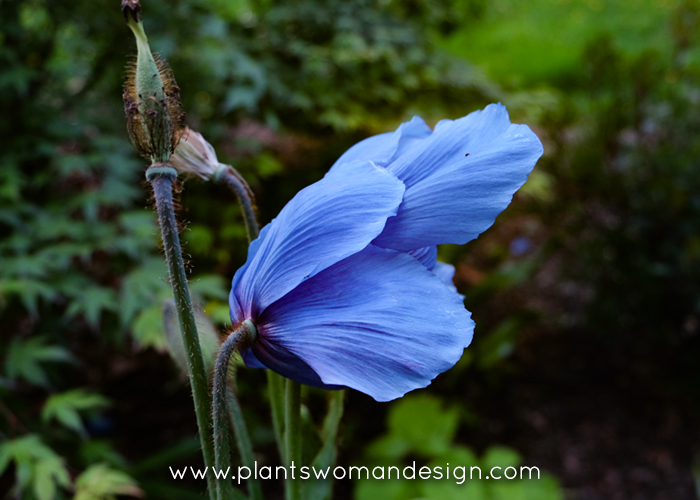
The Himalayan blue Poppy – meconopsis ‘Lingholm’ is thriving in my garden. The incredible blue color is hard to imagine, even in person. Once considered a myth, I planted these spectacular flowers—which are native to the high elevations of the Himalayan Mountains—in my garden this year. One was planted last fall and is a little bigger than the ones I planted this spring. This cultivar, ‘Lingholm’, produces large flowers that are four-inches in diameter on average. The substantial petals are a mesmerizing deep sky blue color. When under stress, the plant may show a tint of mauve. Having grown Meconopsis betonicifolia once before (it lasted 2 years before it died) I was happy to try this easier version. The myth said to pinch off flowers for 2 years to make a stronger plant. I did it to one but couldn’t resist letting the other one bloom. They both died the same year. The ‘lingholm’ strain is easier to grow and is a more reliable perennial. Happy in my cold garden this May.
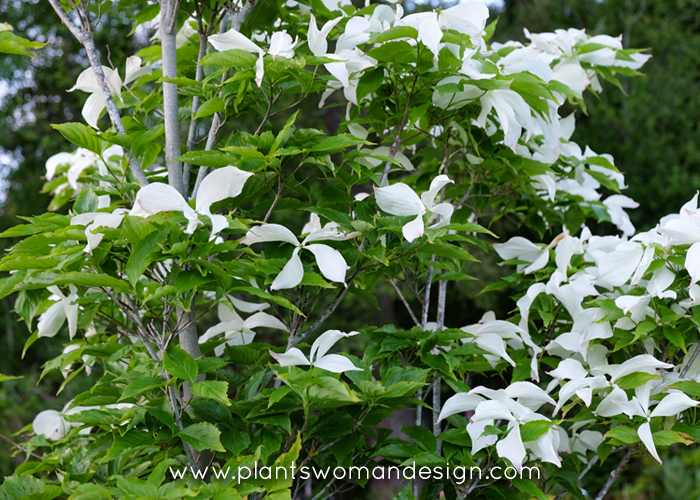
This dogwood (Cornus ‘Milky Way’) was transplanted from a client’s garden. It was unhappy down by the beach where I had originally planted it. With only three good branches, much of it was dead. I replaced it with a maple that was happier by the beach. Last year it was just barely alive, but this year it is very happy. The cool weather and lots of rain have made it so happy. The blooms lasted for two months and hung on despite the stormy winds.
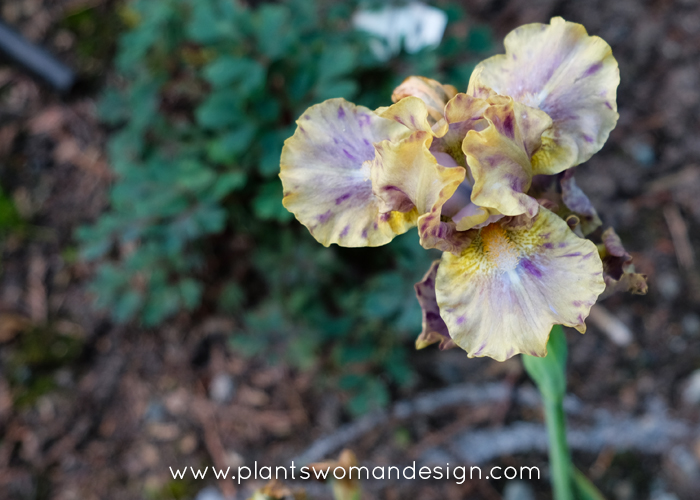
Iris are also showing themselves in the garden. This little charmer is Iris ‘Leopard Print’. Although it is small it stops you in your tracks because of it’s unusual coloring. It needs a little slug protection but can hold it’s own place in the garden.
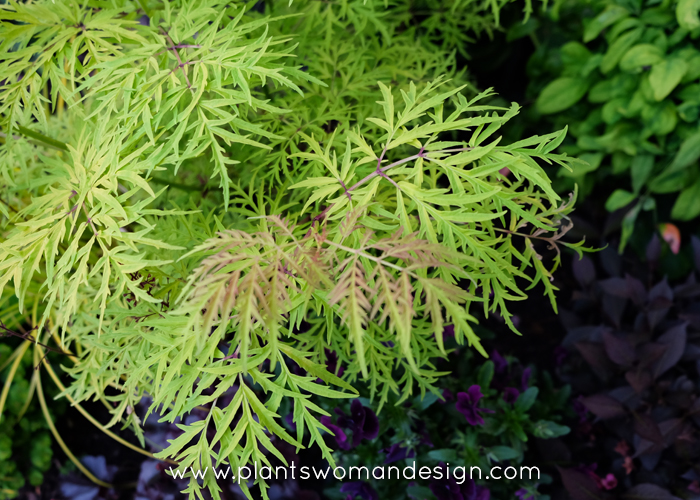
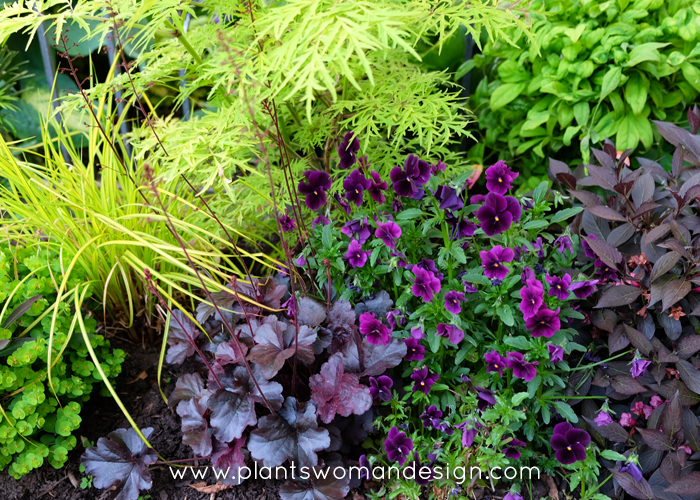
The spring combinations of Sambucus ‘lemony lace’, purple pansies, Weigelia ‘Dark Horse’, Nandina ‘Firepower’, and sparkle of Carex elata ‘aurea’ are fresh and vibrant against the gray skies. The extra moisture has insured its lush foliage is undamaged by too much sun. I will add Nicotiana later in the year for fragrance when the pansies are fading.
Walking through the garden is very necessary on gloomy days. I remember when I first started back to school for Horticulture. Walking to class through the arboretum I saw that spring happens one day at a time. Not in gulps and leaps but slowly. Every day there is something else to see that wasn’t there the day before. This is true in your garden too!



